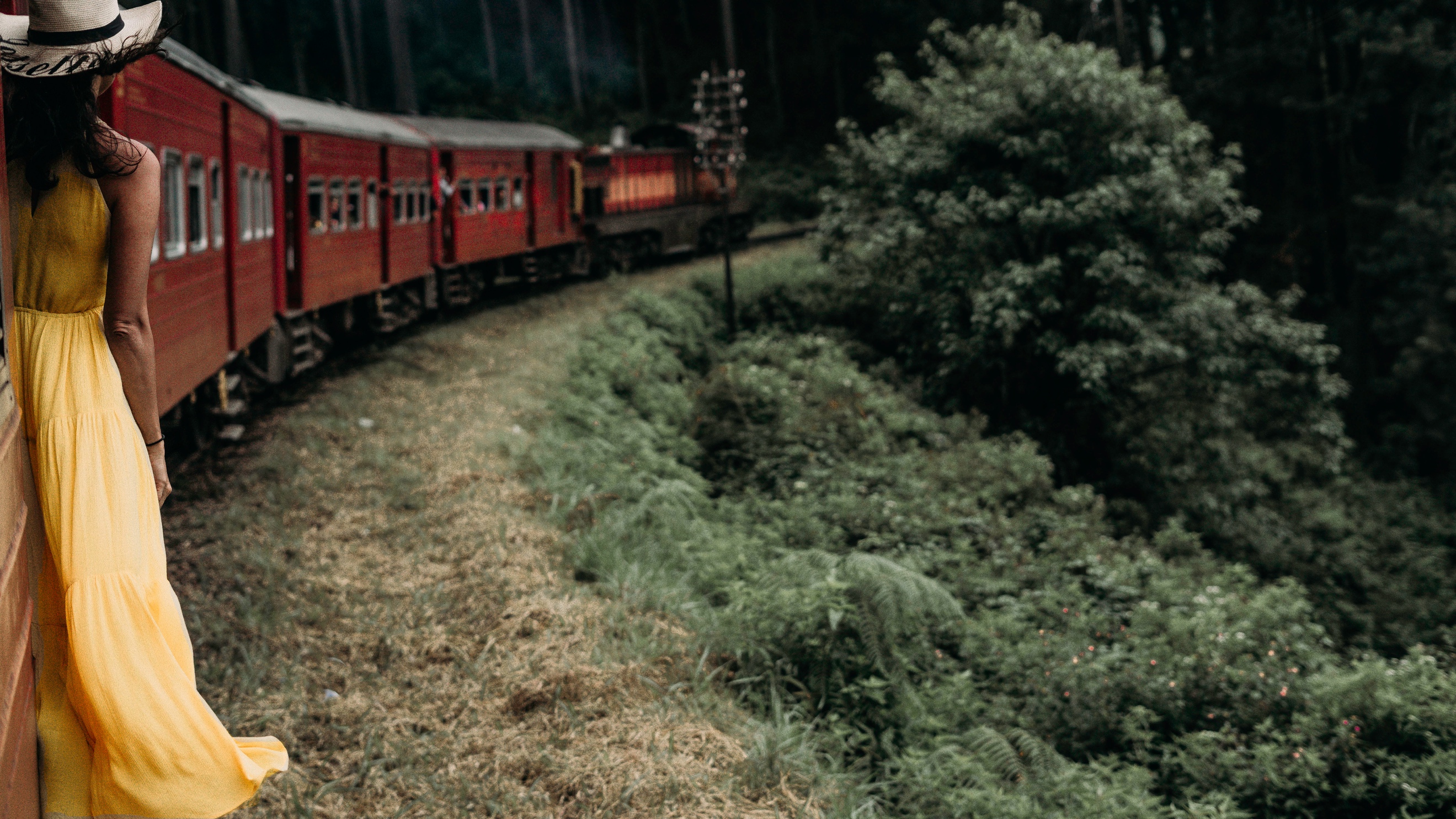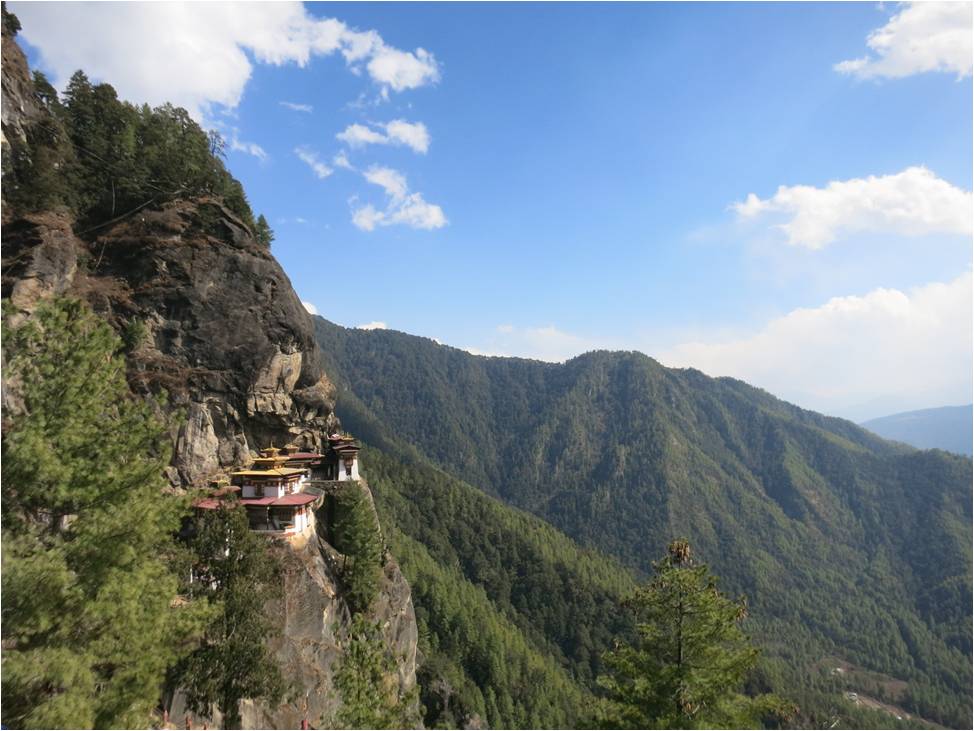[disclose]
We have published over 150 practical travel tips over the four years from fantastic contributors. We are pivoting our tips section and this is the last practical travel tip series. We want to thank all the contributors who have made this a joy to post.
We recently came back from Nepal, though we didn’t do the Annapura trek. But should you decide to visit, Preethi Chandrasekhar of The Eager Traveler, recently went and here are her tips.
===
Many years ago, an avid trekker friend of mine mentioned the Annapurna Trek in passing. He spoke about how it was quieter than the Everest, less traversed, and more beautiful. Since that moment, trekking the Annapurna has been on my mind. Years later, I took the plunge and signed up for the Annapurna Base Camp 8-day trek with a small boutique company called First Light Adventure based out of Nepal. Run by Sahil Sharma, the company has some of the funniest, kindest, strongest porters and guides I’ve come across in my treks so far.
Getting In & Visa Requirements
Annapurna is located in Nepal in Asia. I flew to Nepal from San Francisco via Southern China which meant a layover in China. You can fly Turkish Airlines with a layover in Istanbul, depending on where you are flying from. From the West Coast of the United States, the journey is close to about 21 hours. As daunting as this may seem, it’s a small price to pay to trek the majestic beauty that surrounds the Annapurna massif. I applied for an e-visa online which made the process a lot smoother upon landing at the Tribhuvan International Airport. I walked to the counter to pay my visa fees of $30 and then stood in a line to get my passport stamped before heading to baggage. The visa line can be long and the people behind the counters can abruptly leave if they are swapping out with another officer. Your best bet is to switch to another line as the new officer can take a while to arrive.
Introduction to the Annapurna
Annapurna is part of the Himalayas in north-central Nepal and means “goddess of the harvests”. The Annapurna Base Camp or ABC trek is also referred to as the Annapurna Sanctuary Trek and is commonly known as a great introductory trek in the Himalayas along structured trails. There is no exposure or drop offs and for anyone afraid of heights, this is a great multi-day hike.
The Annapurna Sanctuary is a glacial basin and an oval shaped plateau that sits at an altitude of 4,130m or 13,550ft at Base Camp. The trek itself is an 8-day multi day trek through varied landscape that culminates at the base of majestic peaks such as Annapurna I (8091m), Annapurna South (7219m), Machapuchhre (6993m), Hiunchuli (6441m). The trek length varies depending on the time you have to complete the trek. I chose the 8-day option, but my total trip length was 13 days from the time I left San Francisco, as you also need to leave a few days in the beginning to acclimatize in Kathmandu and Pokhara.
What to Pack
The two most common questions I get asked about this trek is fitness levels and how to pack for such a trek. In this section I will first address the packing question.
Day Backpack
Your day backpack is a 25-30 liter pack and shouldn’t weigh more than 6-8 pounds when it’s loaded. You will only need to carry about 1-2 liters of water, layered clothing, snacks, and camera gear if any. Here is what I had in my pack:
- A camelback with 1-2 liters of water. It’s easy to fill up water on the way at the tea houses in the villages.
- Water purification tablets. I used these whenever I filled up water to purify them. The water is already filtered at the tea houses but for double protection we were advised to also use the tablets
- Hats: I mostly wore my sun hat everyday as it was quite hot but also had a beanie just in case the early mornings turned out to be really cold.
- Camera gear: I carried my Sony DSLR with the 70-300mm lens and the 16-35mm wide angle lens, my Hero GoPro, and my iphone for photos and videos.
- Snacks: I carried a small bag of dried fruits and nuts. In truth your breakfast and lunches are so plentiful. chances are you will not really need a snack.
- Sunglasses: I mostly wore these when the sun was at its peak but if the clouds rolled in I had them tucked away inside my pack.
- Jackets: This depends on which month you’re hiking as well as the weather forecast for the day. I had my rain pants and rain shell but didn’t carry any other jacket in my day backpack. Even if you do need anything from your larger backpack, you can take it out during a break as all the porters tend to stop as well.
- Waterproof Rain cover: This is for the backpack to keep it protected during rain
Large Backpack
Your large backpack must be a 50-55 liter pack and not weight more than 8-10kgs. The porters will carry these bags every day on the trails and you will have access to them at the tea houses at the end of each day. Here’s what I carried in my large backpack:
- One clean leggings to change into at the end of each day. This also served as my pajamas.
- One clean t shirt to change into at the end of the day. This was also my pajama top
- One down jacket to wear primarily in the tea houses as they are not insulated
- One down sleeping bag to put over the beds in the tea houses to keep you extra warm
- 3 pairs of socks. 2 for the trek and one for the night as needed
- 1 pair of walking sandals to wear around the tea houses
- 1 quick dry tower for showers
- Gloves
- Toiletries bag with sunscreen, face lotion, body soap, comb, toothbrush, toothpaste, ass wipes, medicine kit for cold/cough/fever
- 1 pair of shorts for the hike, an additional pair of hiking pants, one full sleeves mid-layer (fleece), one thin full sleeves layer, 3 short sleeve tops, 2 sports bras
- My tripod for camera gear, hiking poles
How to Train
I live in a city where I have access to mountains so I tried to hike at least once a weekend every week. But due to travel schedules, this proved to be more challenging. So whenever I could I walked around my city for about 2 hours, and tried to walk uphill on a treadmill. According to First Light Adventure, they recommend working towards the following:
- Being able to run 3 km in 22.5 minutes or faster
- Climb 20 floors in 15 minutes, twice or more
- Free of injuries
Food
The food at the tea houses consists of traditional Nepali cuisine such as Dal Bhat (steamed rice, cooked lentil soup and typically some vegetable). Most tea houses will also have noodles on the menu. We had French fries at one tea house toward the end of the trek I remember! Breakfasts are a combination of porridge, muesli, eggs, toast and the usual coffees and teas.
Accommodations
When you arrive into Kathmandu, your accommodation is typically a hotel. I shared a room with another friend, but you can also have a room to yourself (you just pay more). The hotels both in Kathmandu and Pokhara are lovely, the one in Pokhara even had a spa which we used after the 8-day trek! The rest of the accommodations are in tea houses in small villages in the mountains that you will be trekking through each day. You will typically share a room with one other person or in some tea houses you will share a room with several people from your tour group. The beds are single and come with pillows and sheets. We were advised to bring down sleeping bags that helped provide additional warmth, so I highly recommend this as the tea houses are not insulated. The bathrooms are typically shared but there are a few tea houses that have private bathrooms. On average, my friend and I probably showered twice from the start of the trek to the end. You can shower every day but on some days you will not have hot water and the showers are quite basic. In the first tea house where we had a private bathroom, there was no bucket, only a spout located closer to the ground. So I literally squatted under the spout and rinsed off because I was drenched in sweat from the day’s hike! It really depends on your tolerance level, if you can go without showering or not.
Costs
The cost of this trek as of October 2019 was $800 for the trek, $120 for the accommodations, and $260 for the internal flights. Please check the website at First Light adventure for current 2020 pricing. Tips for the porters and guides can range anywhere from $30 per person to $100 per person depending on what you wish to give.
Choosing a Tour Operator
I chose First Light Adventure as their itinerary included a unique aspect of the trek I hadn’t seen elsewhere. As part of the multi-day trek, you have the incredible opportunity to start the trek around 3:45am and enter the Annapurna Sanctuary at moonlight, in time to also catch the first light of the day. Watching the first light shine over the peaks is a magical moment. The peaks look like they are on fire while the rest of the mountain range is still shrouded in darkness. I also really loved hiking with the guides and the porters at First Light Adventure because they are local people from the community who are incredibly knowledgeable about the terrain and the culture. There was not a day that went by where our group was not laughing due to the antics of the lead guide, Tikka Ram. Watching the porters carry your luggage up the mountain is a humbling sight and I was glad I had chosen this particular tour company because I had also vetted them ahead of time to ensure their porters were getting paid well, unlike some of the other companies in Nepal. Do your research before choosing a company to support and hike with – it can make all the difference between a great experience and a mediocre one.
About the Author:
Preethi Chandrasekhar is a freelance travel writer/influencer with a passion for sharing her travel stories to inspire people to explore more of this beautiful world. She’s interested in experiential travel and writes frequently about off the beaten path destinations. Follow her on Instagram and her blog, The Eager Traveler, for more of her travel pics and stories!
=====
To make sure you receive our latest deals, LIKE our The Flight Deal Facebook Page, follow us on Twitter @TheFlightDeal, Threads @TheFlightDeal or The Flight Deal WhatsApp channel or subscribe to The Flight Deal RSS Feed or Subscribe via Email (Once a Day)
The Flight Deal does not sell travel products or services. We provide you with information about third-party travel suppliers’ offers, and link you to their sites. The information posted by The Flight Deal is valid at the time of publication. However, we have no control over the suppliers, and we therefore do not warrant or guarantee that their offers will not change or become unavailable. Nor are we responsible for their products, services or site content. Please see their sites for their most up-to-date offer information and all applicable terms and conditions.
Sign up to receive The Flight Deal Daily DealsLetter, to stay up to date with the latest and greatest flight deals available.








No Comments